LA’s Staying Power With Foreign Investors
Who’s buying in the region and what they’re looking for: the inside story from Colliers’ Mike Kendall.

Michael Kendall, Executive Managing Director of Investment Services, Colliers, Western Region. Image courtesy of Colliers
While the uncertainty and instability incited by the pandemic has disrupted the flow of cross-border investment, foreign investors’ appetite for U.S. real estate has not subsided.
“The consensus is that the U.S. has become a safe haven for real estate investment, with Southern California industrial being the safest and most attractive,” Mike Kendall, executive managing director of investment services with Colliers International’s Western Region, told Commercial Property Executive.
In the interview below, Kendall dives into what makes Los Angeles an attractive market for foreign capital and reveals the sectors that saw the most investment this year.
READ ALSO: Top 5 Markets for Industrial Transactions
Los Angeles ranked as a top market for foreign investment before the pandemic. What made the metro’s real estate market attractive to foreign investors?
Kendall: The Los Angeles metro has solidified its position as a top destination for foreign capital investment for several reasons. The trade activity through the ports of Los Angeles and Long Beach makes the region one of the most critical gateways for the supply chain throughout the entire Western U.S. and the Pacific Rim, and the critical mass of consumer demographics and highway infrastructure ensure an almost insatiable demand from the industrial occupier market. Foreign investors have taken note and are eager to own real estate in the region to capitalize on these rapidly appreciating investment opportunities and capture outsized returns caused by this supply and demand imbalance.
How has the health crisis affected cross-border investment into Los Angeles real estate?
Kendall: While the pandemic caused some initial hesitation in the Los Angeles real estate market, the last several quarters have realized encouraging gains and a return to pre-pandemic levels in some sectors, including the industrial asset class.
The COVID-19 aftermath accelerated the rise of e-commerce as a percentage of consumer spending, leading to an exponential increase in the need for warehouse and distribution space that will take years to satisfy. This has also been true for previously niche subsectors such as cold storage and industrial service facilities, including truck terminals and trailer parking lots, which have seen a marked increase in demand from both a user and capital perspective.
Where did most of the foreign investment come from this past year?
Kendall: Thus far, we’ve seen the bulk of foreign investment into the Los Angeles region coming primarily from Asia and Europe, with Canada a close third. This can somewhat be attributed to both a negative interest rate environment in the source countries as investors chase yield, as well as a prediction that the U.S. may bring increased stability to the global supply chain in the near future. Whatever the underlying investment thesis, the consensus is that the U.S. has become a safe haven for real estate investment, with Southern California industrial being the safest and most attractive.
Which commercial real estate sector saw the most foreign capital in Los Angeles so far this year?
Kendall: As expected, the industrial asset class saw the highest inflow of foreign capital, with the office sector close behind, as investors are betting on the continued reopening of businesses in the fourth quarter of 2021. The combination of perceived safety of both the asset class and the Los Angeles market will likely see that this inbound foreign capital trend continues for Southern California industrial.
How do you see foreign investment evolve in the future globally? Where does the U.S. stand in this picture?
Kendall: Foreign investment will continue to focus on 24/7 cities and population centers, along with areas anticipating high growth in terms of population and jobs, as well as growth in demand. They also look for term and credit.
On the industrial/logistics side, the global capital has focused on brand-name tenants such as Amazon, FedEx, UPS and Walmart in recognizable cities in the U.S. and around the world.
Another sector that is attracting a lot of global capital interest is the data center space for several reasons. First, foreign investment tends to prefer scale and each data center opportunity tends to be several hundred million dollars. Second, the growth in cloud storage of data is expected to continue to grow exponentially over the next decade. And third, data centers tend to have long-term leases with good credit tenancy.

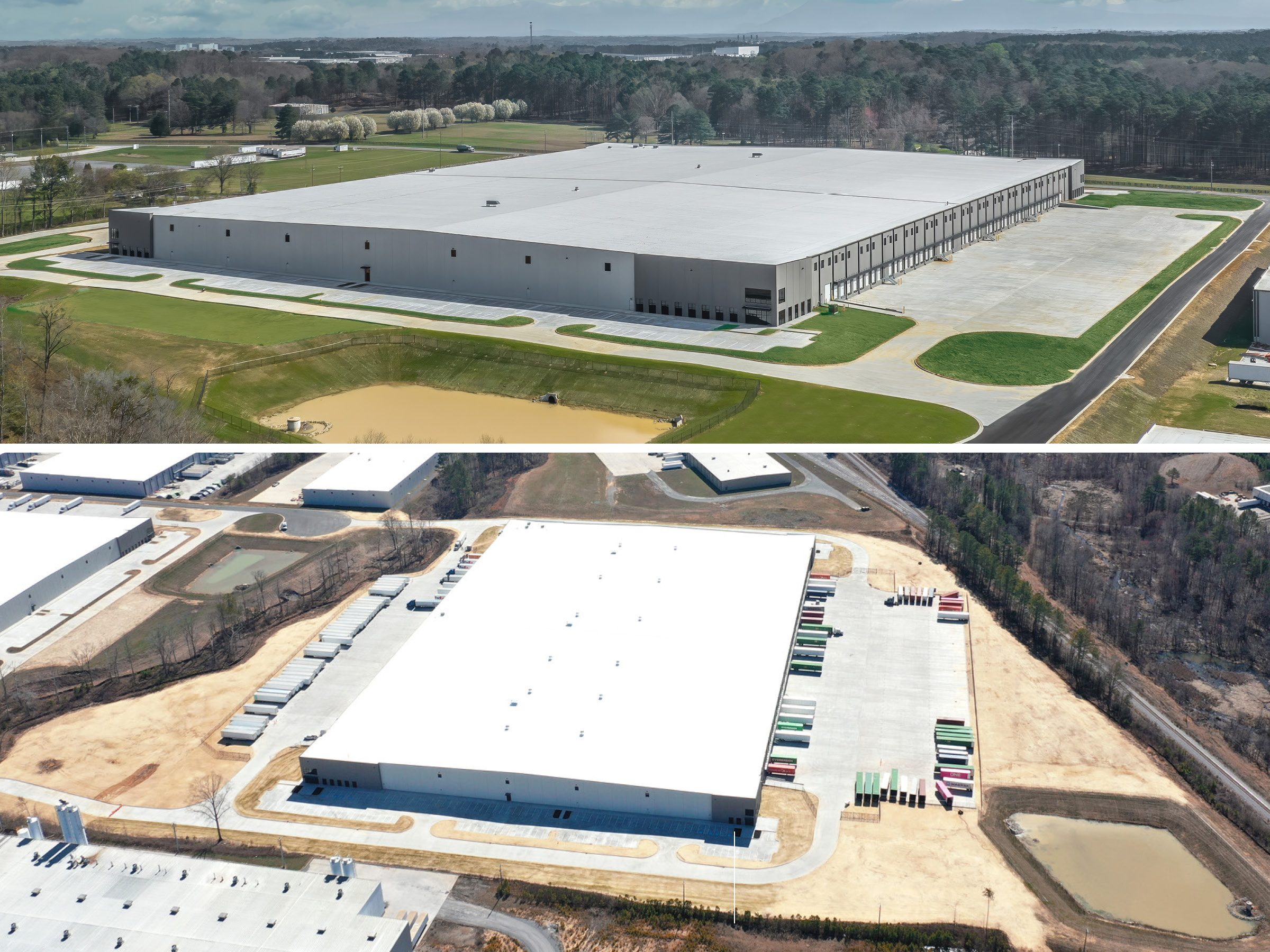
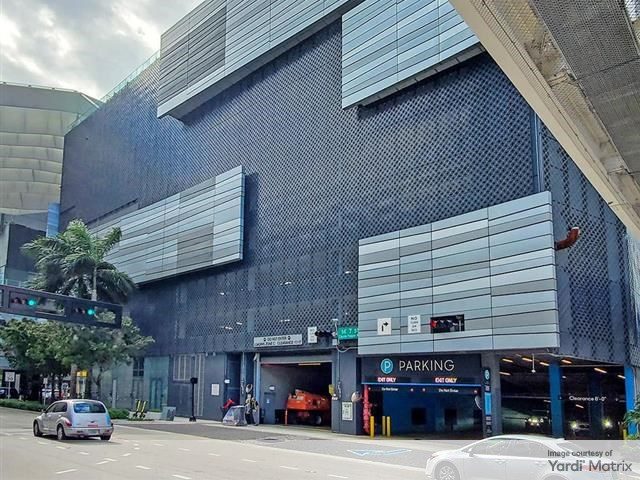
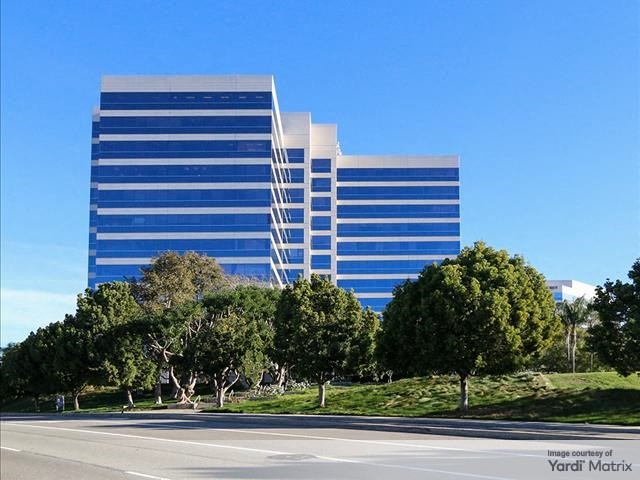
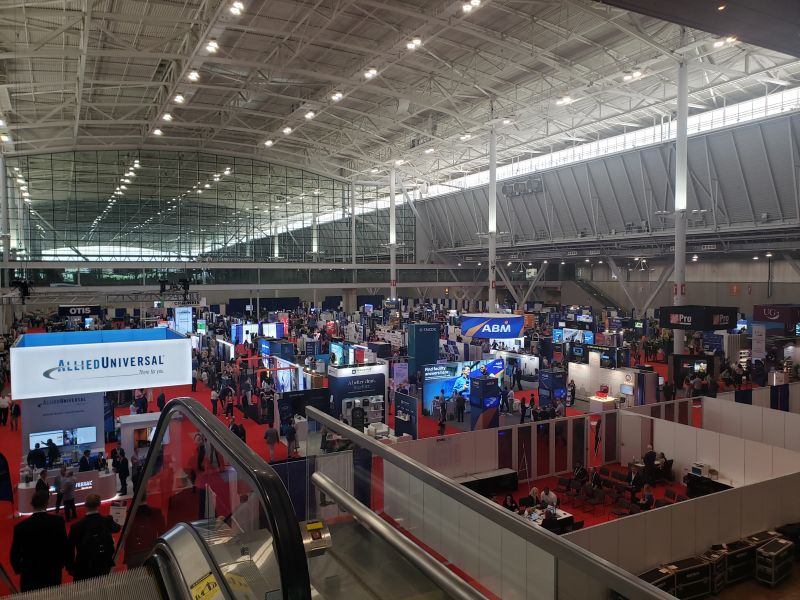
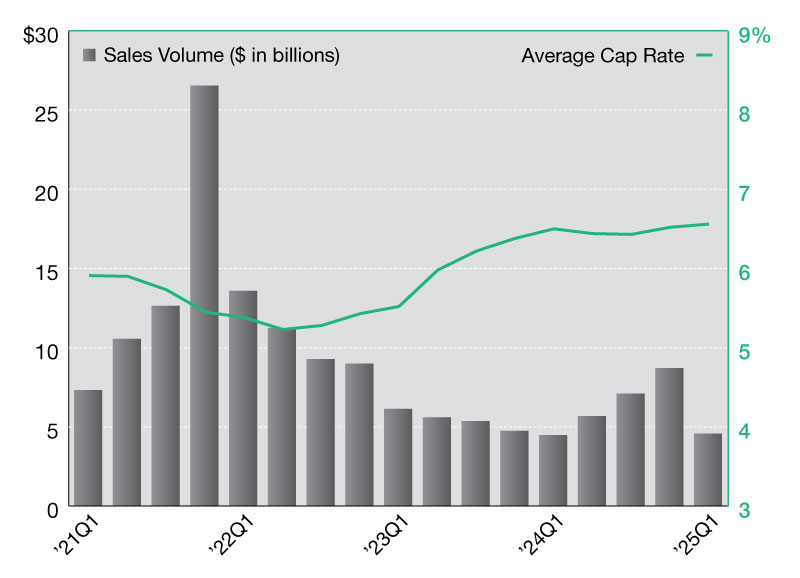
You must be logged in to post a comment.